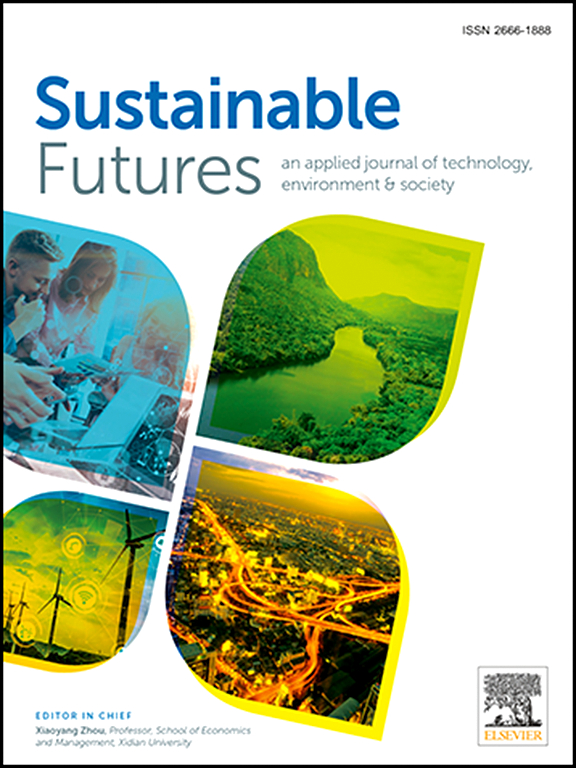Digital economy, energy consumption and urban carbon emission reduction: empirical evidence from 278 cities in China
IF 4.9
2区 社会学
Q2 ENVIRONMENTAL SCIENCES
引用次数: 0
Abstract
The intensifying challenge of global climate change has made accelerating energy conservation and emission reduction an urgent global imperative. As one of the world’s largest carbon emitters, China plays a pivotal role in global decarbonization efforts. The digital economy, emerging as a key driver of China’s economic transformation, provides novel pathways for advancing carbon reduction. This paper employs kernel density estimation and ArcGIS 10.8 to analyze the spatiotemporal dynamics of the digital economy and urban carbon emissions in China. Using panel data from 278 prefecture-level cities, the study applies fixed-effects models, mediation effect models, and spatial Durbin models to explore the mechanisms and spatial impacts of the digital economy on carbon reduction. The findings reveal that: (1) the development of the digital economy exerts a significant “inverted U-shaped” influence on urban carbon emission reduction; (2) energy consumption intensity is the critical mechanism underlying the nonlinear relationship between the digital economy and carbon emissions; (3) the digital economyʼs impact on carbon emissions exhibits spatial spillover effects, following a similar “inverted U-shaped” trajectory. These results contribute valuable empirical insights into the dual objectives of digital economic growth and carbon emission reduction, offering policymakers guidance on leveraging digitalization to achieve sustainable and coordinated regional development.

数字经济、能源消费与城市碳减排:来自中国278个城市的经验证据
全球气候变化的挑战日益加剧,加快节能减排成为全球的紧迫任务。作为世界上最大的碳排放国之一,中国在全球脱碳努力中发挥着关键作用。数字经济正在成为中国经济转型的关键驱动力,为推进碳减排提供了新的途径。本文采用核密度估算和ArcGIS 10.8软件,对中国数字经济与城市碳排放的时空动态进行了分析。利用278个地级市的面板数据,运用固定效应模型、中介效应模型和空间Durbin模型,探讨了数字经济对碳减排的作用机制和空间影响。研究结果表明:(1)数字经济发展对城市碳减排具有显著的“倒u型”影响;(2)能源消耗强度是数字经济与碳排放非线性关系的关键机制;③数字经济对碳排放的影响呈现空间溢出效应,呈“倒u型”轨迹。这些结果为数字经济增长和碳减排的双重目标提供了宝贵的实证见解,为政策制定者利用数字化实现区域可持续协调发展提供了指导。
本文章由计算机程序翻译,如有差异,请以英文原文为准。
求助全文
约1分钟内获得全文
求助全文
来源期刊

Sustainable Futures
Social Sciences-Sociology and Political Science
CiteScore
9.30
自引率
1.80%
发文量
34
审稿时长
71 days
期刊介绍:
Sustainable Futures: is a journal focused on the intersection of sustainability, environment and technology from various disciplines in social sciences, and their larger implications for corporation, government, education institutions, regions and society both at present and in the future. It provides an advanced platform for studies related to sustainability and sustainable development in society, economics, environment, and culture. The scope of the journal is broad and encourages interdisciplinary research, as well as welcoming theoretical and practical research from all methodological approaches.
 求助内容:
求助内容: 应助结果提醒方式:
应助结果提醒方式:


